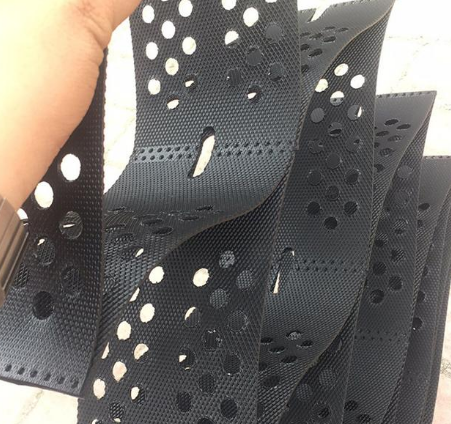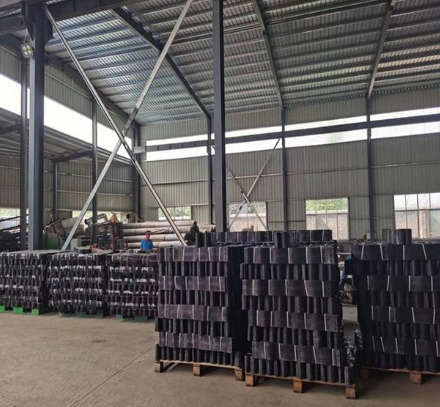Geocell is a three-dimensional honeycomb structure that can be filled with soil, gravel, or other materials to stabilize steep slopes and prevent erosion. They are made of high-density polyethylene (HDPE) and have an open honeycomb structure that allows them to adapt to the terrain.

Geocell is a revolutionary method of isolating and limiting soil, aggregates, or other filling materials. These three-dimensional honeycomb structures can expand during installation to form flexible walls with interconnected strips, enhancing tensile strength, while also keeping everything in place through increased compression caused by environmental factors such as weathering, thereby preventing movement.
When pressure is applied to the enclosed soil within the geocell (such as in load support applications), lateral strain will occur on the surrounding cell walls. The 3D constrained region reduces the lateral fluidity of soil particles, but the vertical load on the constrained filling material generates significant lateral stress and resistance at the cell soil interface.
Geocells are used in buildings to reduce erosion, stabilize soil, protect passages, and provide structural reinforcement for load support and soil retention.
Geogrids were initially developed in the early 1990s as a method of improving the stability of roads and bridges. They quickly gained popularity due to their ability to stabilize soil and control steep ground erosion. Nowadays, geocells are used for various applications, including road construction, landfill sites, mining operations, and green infrastructure projects.
Types of Geocells
Geocell has various types and specifications, which can solve various problems of different Soil type. The best method for classifying geocells is to use perforated and non perforated geocells.
There are small holes in the perforated geogrid chamber that allow water and air to flow through. This type of geotechnical cell is most suitable for applications where soil needs to be able to breathe, such as green infrastructure projects.
In addition, perforation can improve load distribution and reduce deformation. They are composed of a series of strips connected to form units. The strength of the perforated strip and weld seam determines the integrity of the geocell.
The porous geocell has smooth and sturdy walls, making it the most suitable for applications that require waterproofing, such as landfills. Smooth walls can prevent water infiltration and help keep the soil inside the cells.
Geomembranes and prefabricated vertical drainage ditches are sometimes used as specific application alternatives for geocells.

Benefits of Geogrids
Infrastructure development includes the design and construction of structures, while ensuring that they do not have adverse impacts on natural resources. Soil stability and reinforcement are the main sources of concern and may pose a threat to the long-term stability of roads, bridges, and sidewalks.
Engineers can benefit from honeycomb restraint systems in various ways, including reducing costs, enhancing load-bearing capacity, and improving stability.
Post time: Jul-26-2023

